Exploring Decentralized Mobile Payment Apps: A Friendly Guide to Money Without Middlemen
Chosen theme: Exploring Decentralized Mobile Payment Apps. Step into a future where your phone, your keys, and your choices power every payment. We’ll unpack how decentralized apps work, why they matter, and how to try them safely. Share your experiences, ask questions, and subscribe for thoughtful, human stories from the edge of finance.

What Makes Decentralized Mobile Payment Apps Different?
In decentralized apps, the keys on your device unlock your money, not a password on someone else’s server. That means fewer gatekeepers, more control, and a direct relationship with the networks that move your funds, even across borders and at odd hours when banks are closed.
What Makes Decentralized Mobile Payment Apps Different?
Instead of accounts parked at a bank, your wallet talks to a peer-to-peer network. Transactions are broadcast, validated, and settled by participants rather than a central operator. This can increase resilience, reduce single points of failure, and open access for people who are underbanked or constantly on the move.

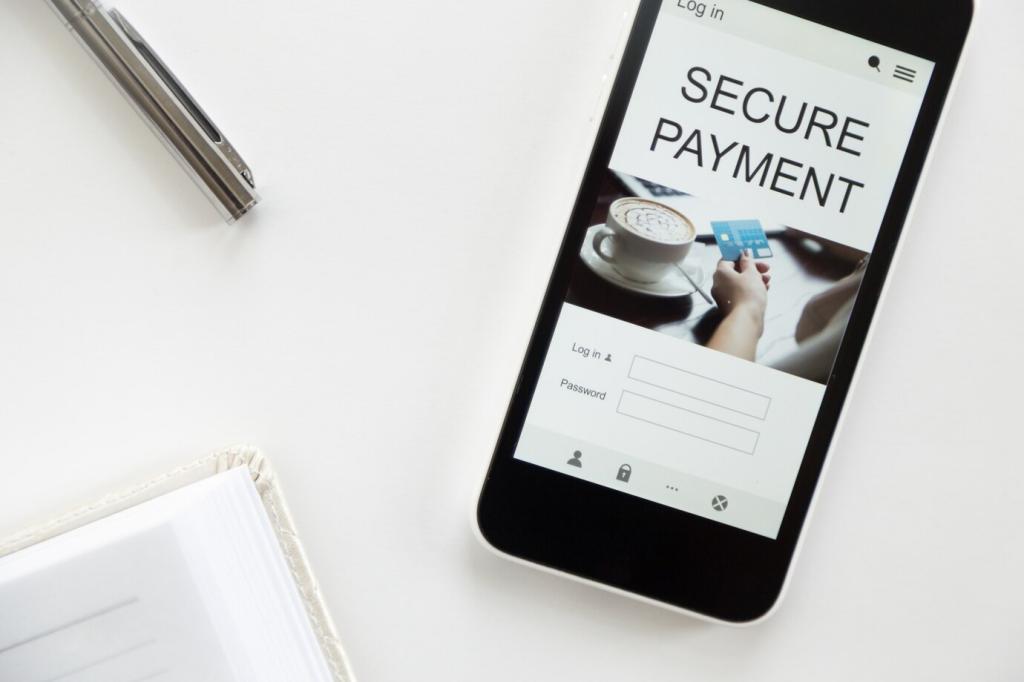
Security, Keys, and Safety in Your Pocket
01
Traditional wallets rely on a seed phrase: twelve or more words that restore your funds. Newer approaches, like multi-party computation or social recovery, can reduce the risk of a single point of failure. Whatever you choose, practice a restore before real money is at stake.
02
Modern phones can isolate sensitive operations using secure enclaves and biometric gates. Still, think beyond the lock screen: consider SIM-swap risks, phishing, and device loss. Set spending limits, enable alerts, and keep a recovery plan that someone you trust could follow in an emergency.
03
People often reuse weak PINs, screenshot seed words, or ignore app updates. Quick habits help: write recovery words on paper, never cloud-store them, and run small test payments. Communities and forums share checklists that turn scary security steps into doable routines you can repeat confidently.
Micro-Payments and Fee Spikes
When the network is calm, sending tiny amounts can feel magical—near-instant and cheap. During busy periods, fees can spike. Layered solutions and batching strategies help keep typical purchases affordable, so consider wallets that adapt dynamically and show clear fee estimates before you commit.
Cross-Border Transfers Without Middlemen
Remittances often lose meaningful value to intermediaries and delays. Decentralized apps can reduce hops, settling directly on open networks. Families report receiving more of what was sent, sometimes within minutes, which is especially powerful when school fees, rent, or urgent bills cannot wait.
Offline and Low-Connectivity Tricks
Some wallets cache unsigned transactions or use lightweight clients for spotty service. Others support QR handoffs, Bluetooth relays, or text-based fallbacks that confirm later. These approaches keep value moving in places where connectivity is expensive, unreliable, or suddenly interrupted by weather or infrastructure issues.
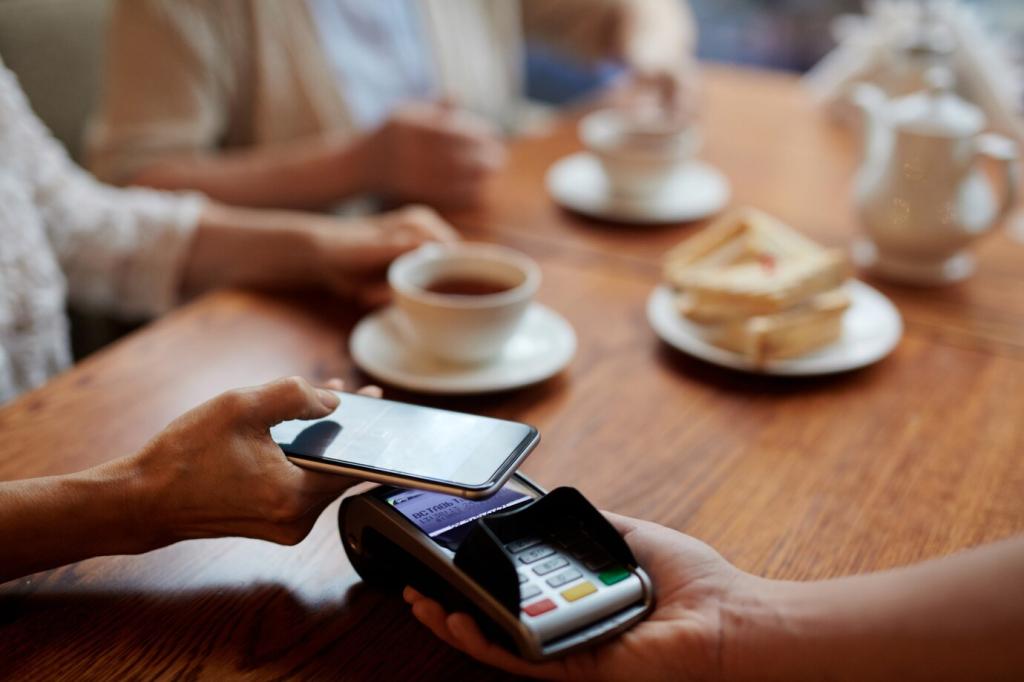
On-Ramps and a Gentle First Mile
New users need a bridge between everyday money and decentralized value. Friendly on-ramps, demo modes with test funds, and clear restore flows reduce anxiety. The first success should be frictionless: a small receive, a tiny send, and a celebratory checkmark that builds trust in the process.
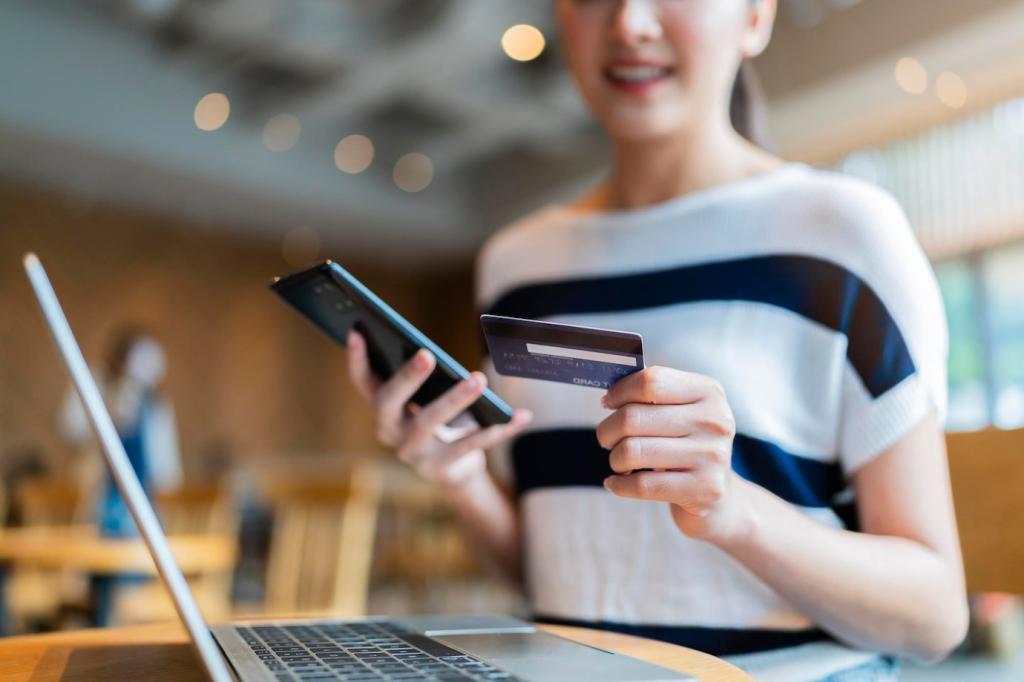
QR Codes, Links, and Interoperability
Scanning a QR code should just work, whether you are buying a snack or contributing to a community project. Deep links, open standards, and readable payment requests reduce errors. The more wallets speak the same language, the less users must learn under pressure at a checkout line.
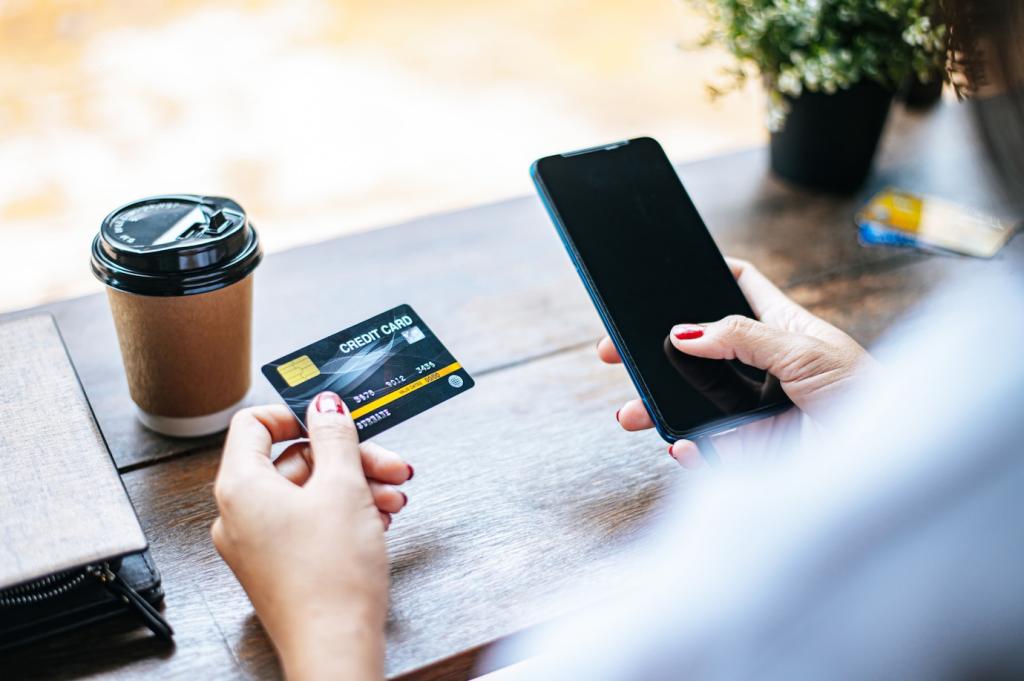
Education in the Flow, Not a Wall of Text
Tooltips, short videos, and just-in-time tips beat long manuals. Explain fees at payment time, explain keys during backup, and celebrate good security habits. Invite questions right inside the app, and encourage readers here to comment with roadblocks they faced so we can cover them next.
Self-custody offers control, but you own the recovery plan. Custodial services can simplify access and reduce mistakes, yet introduce counterparty risk. Some wallets blend models, letting small balances stay flexible and larger savings live behind stronger protections, depending on your needs and comfort.
Regulation, Responsibility, and Real-World Constraints
Identity checks, transaction limits, and reporting rules vary by region. Thoughtful wallets surface requirements when they matter, not as roadblocks. Clear language and respectful prompts help people understand why a step exists, preserving dignity while meeting obligations essential for long-term adoption and trust.
Regulation, Responsibility, and Real-World Constraints

A vendor with a phone stand accepted instant payments from locals and travelers using a simple printed QR. No bank terminal, no contract, no nightly reconciliation. When the lights flickered, the phone kept working, and so did sales. She later taught three neighboring stalls to do the same.

Two siblings coordinated school fees across continents, sending small amounts as needs changed rather than one expensive transfer. Notifications landed quickly, and they tracked everything inside the app. Fewer surprises, fewer delays, more control. The routine became comforting, like sharing a calendar that happened to move money.
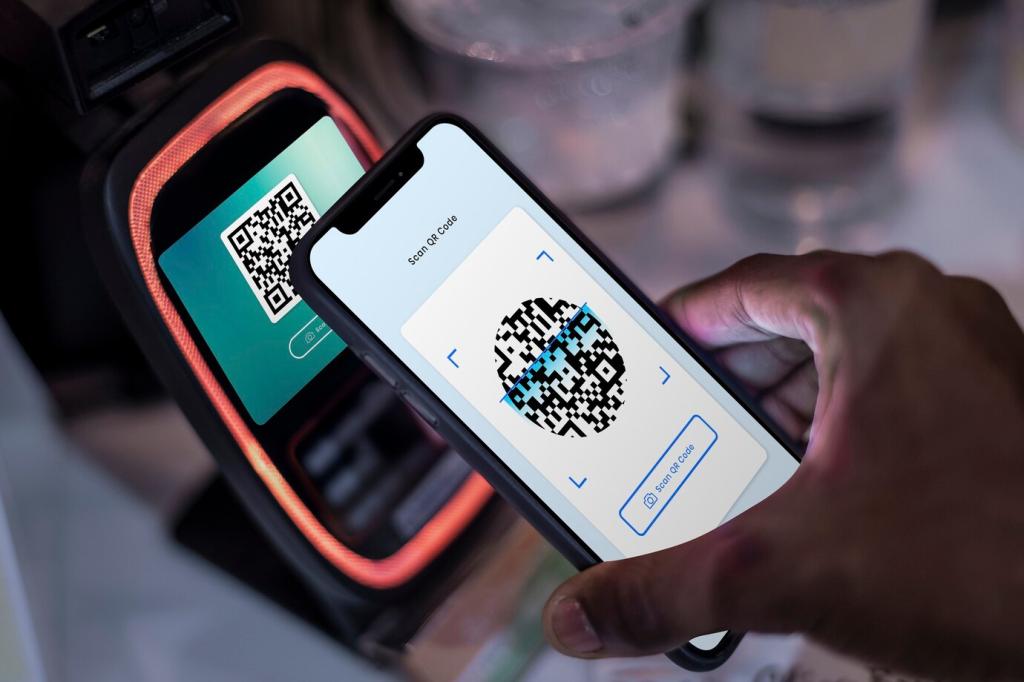
Neighbors set up a shared wallet for storm relief, documenting how much came in and where it went. Transparency turned donors into volunteers, and volunteers into advocates. When the next storm hit, the playbook was ready. Payments flowed within minutes, matching urgency instead of waiting for approvals.
What’s Next: Interoperability, Stability, and Trust
Day-to-day life prefers predictable prices. Wallets increasingly support stable-value instruments so groceries and rent feel steady. Clear warnings, risk disclosures, and diversified options help people choose wisely. If you have questions about stability and savings, drop them below so we can cover them in depth.
